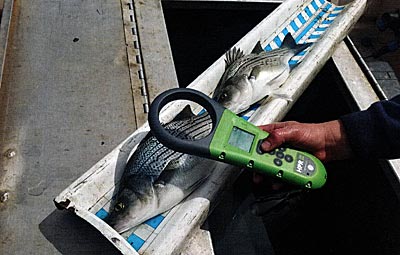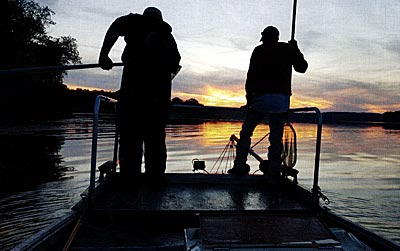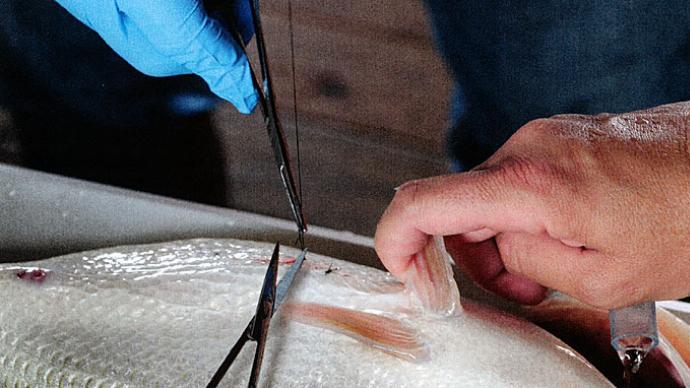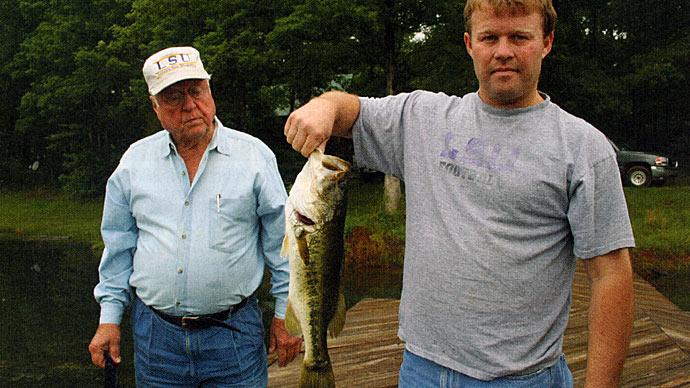
When picturing a perfect day on the water, do you envision the warm sun on your face with a gentle breeze in the air and the relaxing sound of small waves rolling against the shoreline? Or is it the sound of children laughing as they play with a bullfrog being held captive by their curiosity? Maybe it's the anticipation of the next fish you will catch as you pursue another lasting memory on the water. Regardless, lake and pond owners don't need to look far to find motivation.
Unfortunately for many property owners, achieving goals is not easy and the path can become plagued with struggles that negatively impact the desired outcome. This is because each waterbody is a complex system experiencing continuous physical and chemical changes. As a result, each waterbody is at a unique place in time relative to its own historical experiences. Due to this, people run the risk of making assumptions and drawing conclusions from their past experiences, rather than gathering the best facts required to make the right decisions.
To successfully manage lakes, ponds, and fisheries, you must first understand why a problem exists prior to implementing an effective solution. Oftentimes, people are simply unaware of the likelihood of failure that they face based on the assumptions they've made. They can become fixed on the outcome they expect without gathering information necessary to achieve their goals. As a Fisheries Biologist, I help property owners recognize their assumptions and encourage them to learn from some of the common mistakes listed below.
Managing a Fishery
One of the most challenging assumptions to overcome is the mindset that once a fishery starts producing quality fish it will continue to do so. When meeting with lake and pond owners for the first time to help resolve an issue they are facing, it is common for them to share stories about the fish they catch, or fish they caught in recent years. During some of these discussions, it is evident that some owners are living in optimism and lack a full understanding of their fishery. They are generally unaware that the fish they are talking about have reached old age, or possibly died several years ago.
In my experience, these types of false assumptions stem from a combination of false optimism and a misunderstanding of what it takes to grow and maintain quality fish. Fisheries are continually changing, and as a result, the needs of fish will vary from year to year, even season to season. Several important data sets can be used to help reach your goals. The most widely accepted data includes assessing size structure using length frequency analysis and Proportional Size Distribution (PSD), in addition to analyzing relative weights (Wr). Other key information includes angler catch data, angler harvest data, and stocking data. I find it best to recognize fish by year-class and to have set goals for each age group. Providing the various size-classes of fish with what they need to succeed is important when it comes to maintaining a sustainable fishery. Generally speaking, they need healthy, stable water, excellent habitat, and plenty of food. Some of the needed data can be collected for free if anglers are willing to be diligent with record keeping, but other data requires a fisheries biologist and an electrofishing boat. It is common for people to try and find success by only utilizing angler data or by only using electrofishing data, but if looking to maintain the best odds of success, it is important to have both.

The primary advantage angler catch data provides is the annual catch-per-unit-effort (CPUE) for targeted species. Knowing how many fish people catch on average per hour throughout the year (heavy on the words, throughout the year) plays a key role in making decisions, while also reducing the chances of opinions or emotions skewing what occurred over the course of the year, as well as in past years. Angler CPUE is most valuable when using the data in conjunction with stocking and harvesting strategies, because it allows you to accurately monitor growth and catch rates of desired species. Electrofishing, on the other hand, provides the unique advantage of surveying both prey and predator species along with their status at that moment. Understanding how the forage base is doing year after year relative to the predator fish is a critical insight that can play a lead role in determining the fate of a fisheries success.
Pond Construction
In addition to making assumptions about fisheries, many property owners make assumptions when building ponds. It seems nearly everyone who is having a pond built assumes that it will hold water when the dam is complete. Before construction even begins, most people think far ahead about the fish they will catch or how much fun their family will have hanging out on the dock—while glossing over the reality that the pond must first hold water. This assumption typically affects pond owners who are doing the work themselves or they've hired someone with dirt moving equipment, but who lacks experience in constructing ponds. Mike Otto and Michael Gray hammer those points in every issue of Pond Boss.
Constructing ponds can become complicated, and even the best of pond builders run into challenges that threaten the success of projects.
Reprinted with permission from Pond Boss Magazine



